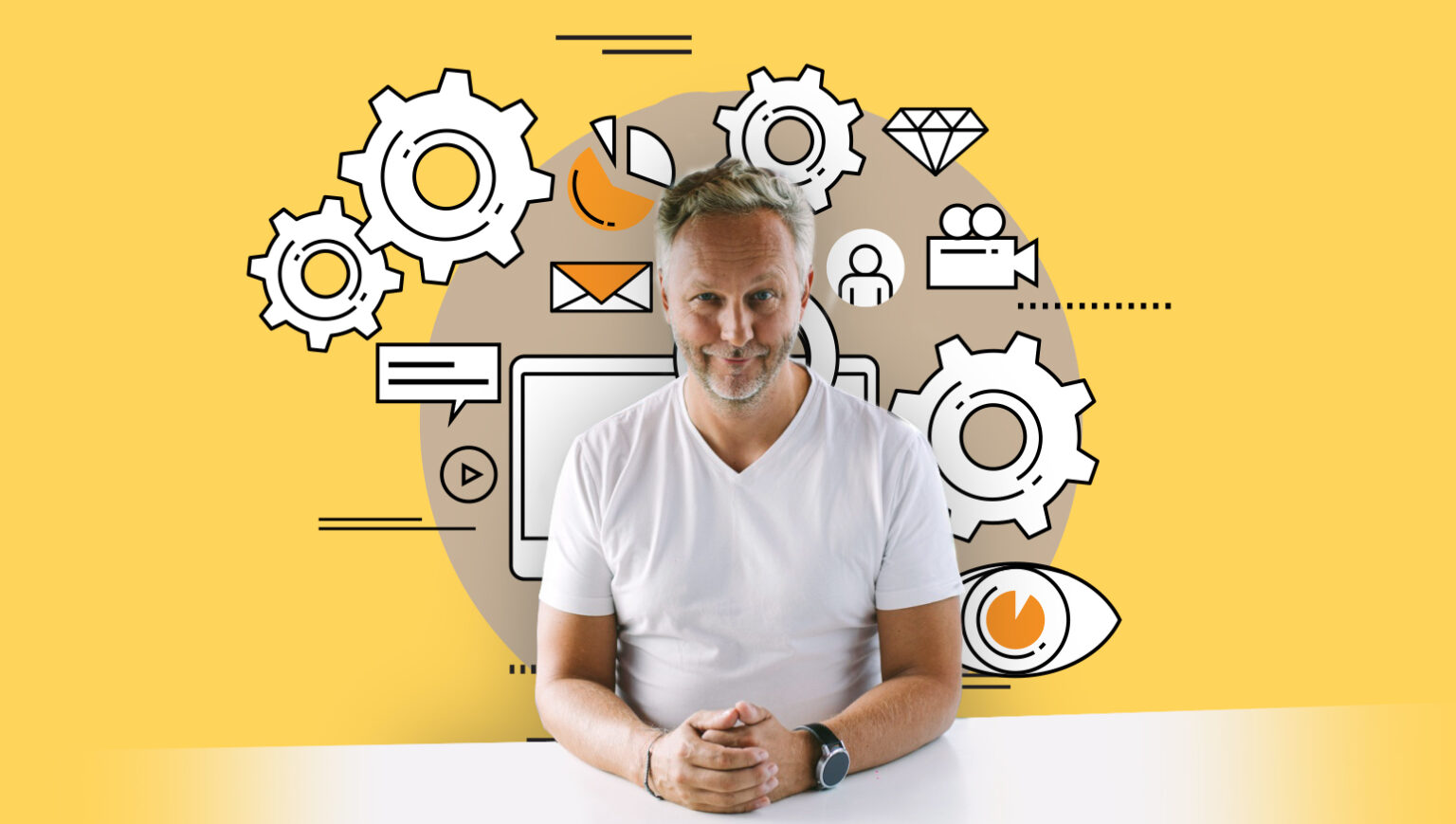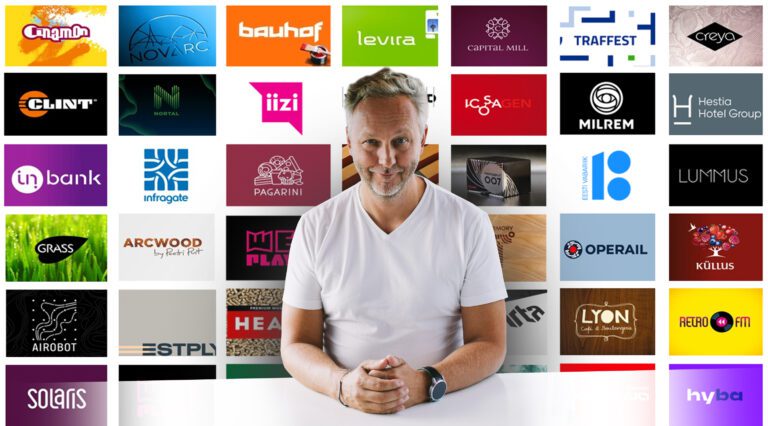Service Design: Opinion of a CEO of Creative Agency in Estonia
The founder and CEO of the Estonian creative agency Identity, Ants Lusti, shares his views on service design.
But first, what is Service Design?
Service design is a creative process through which services are designed and improved, covering all aspects of the service from understanding users’ needs and creating the service concept to its implementation, focusing primarily on enhancing user experience.
Challenges in Service Design
In the last decade, service design has become a fashionable trend that is making waves even without a broader understanding. I have also heard claims that service design is the “new marketing.” However, this latter point might be more debatable, as the tasks set for marketing (to make the market want our product-service) are quite different from those of service design.
Indeed, service design is not at all an easily executable discipline. The challenges related to it can be diverse and largely depend on the specific situation or organization. Here are some common challenges:
Ensuring Customer-Centricity
The main goal of service design is to create services that meet clients’ needs and expectations. Implementing a customer-centric approach can be difficult, especially if an organization lacks sufficient knowledge about their clients’ desires and needs. We’re used to looking from inside the organization out, not from the customer’s viewpoint.
Service Design Process Complexity
Service design often involves numerous processes, which can be complex and difficult to manage. Ensuring the efficient and smooth operation of these processes can be challenging, especially if they involve different parties and technological systems. And these complete ecosystems may contain many different components.
Service Design Technology Integration
Many service design projects involve integrating new technologies and systems into existing processes and systems. Effective integration of technology rights requires knowledge and skills that may be lacking in the organization.
Quality Assurance
During service design, it’s crucial to ensure the quality and consistency of services. This can be challenging, especially if services involve various parties and operate in different environments.
Change Management
The service design process can lead to significant changes in an organization’s structure, culture, and employees’ roles, as well as job losses. Effective management of these changes requires clear communication, training, and leadership strategies.
Using Data and Analytics
Utilizing data and analytics can be a powerful tool in improving services and optimizing customer experience. However, collecting, processing, and analyzing the right data can be challenging, especially if the organization lacks the necessary resources and skills in this area.
What Can Go Wrong in the Service Design Process?
If a client starts a service design project with great enthusiasm, they can make several mistakes that might affect the project’s success and outcome. Here are some main mistakes made by clients when ordering service design:
Unrealistic Goals and Expectations
Setting unrealistic goals or expectations in a service design project can lead to disappointments and the project not being realized.
Lack of Understanding of Client Needs
The client may lack a deep understanding of what their customers truly need and expect, although this is constantly discussed. This can lead to the creation of a service that doesn’t meet the end users’ real needs or provide value to them.
Inadequate Involvement in the Customer-Centric Design Process
It’s important to involve clients and end-users from the beginning in the customer-centric design process. A mistake can be made if client feedback and participation are not sufficiently included in the design process, leading to solutions that do not meet actual needs.
Insufficient Information Sharing with the Design Team
The client may not provide enough information to the design team about their business, target audience, and objectives. This can cause the development of solutions that are not clearly targeted towards the client’s goals or customer needs.
Unrealistic Expectations Regarding Timeline or Budget
The client may set too short a timeline or unrealistic budget constraints, which can affect the quality and effectiveness of the service design. Setting realistic budgets and timelines is important to ensure the project’s successful completion.
Technical Challenges of Service Design
Sometimes, technical challenges such as systems integration problems or technological limitations can prevent the successful realization of the service.
Management and Communication Problems
If the project is not well-managed or if communication among team members is lacking, confusion and conflicts can arise, endangering the project’s success. Yes, even the project manager must understand the nature of service design.
Lack of Resources
If the project is not allocated sufficient resources, including time, money, and human resources, this can hinder the project’s successful completion. Or even its start.
Lack of Readiness for Changes
The client may underestimate the need for and complexity of changes that may arise during the service design process. Accepting and adapting to changes is an important part of the design process, and the client should be ready for it.
For a project to be successful, it’s crucial that the client understands their role and responsibility and is prepared to involve experienced professionals who can address these challenges.
Why Is Service Design Important, and Why Do We Talk About It?
Service design can have a significant impact on businesses and the economy as a whole in several different ways:
Competitive Advantage
Companies that apply service design principles and methods can gain a competitive edge by offering better and more innovative services. This can increase their market share and profitability and help them stand out from competitors.
Customer Satisfaction and Loyalty
Through service design, companies can better understand and meet customer needs and create positive customer experiences. Satisfied customers are more likely to be loyal and recommend the company to others, which can increase sales and profit.
More Efficient Processes
Service design helps companies better understand and optimize their service delivery processes. This can lead to greater efficiency, reducing costs and increasing productivity.
Innovation
Implementing service design encourages companies to be creative and innovative in developing new services. This can help create new markets and business models and increase economic growth.
Employment
Using service design can help create new jobs in design, research, and development. In addition, better services and customer experiences can lead to higher demand for labor in the service sector.
Value Creation
Service design can help companies better understand and create value for customers and society at large. This can lead to more sustainable economic growth and social development.
In conclusion, service design can positively impact the economy by increasing companies’ competitiveness, customer satisfaction, and innovation, and by contributing to employment and value creation. That is, of course, if it’s correctly implemented.









